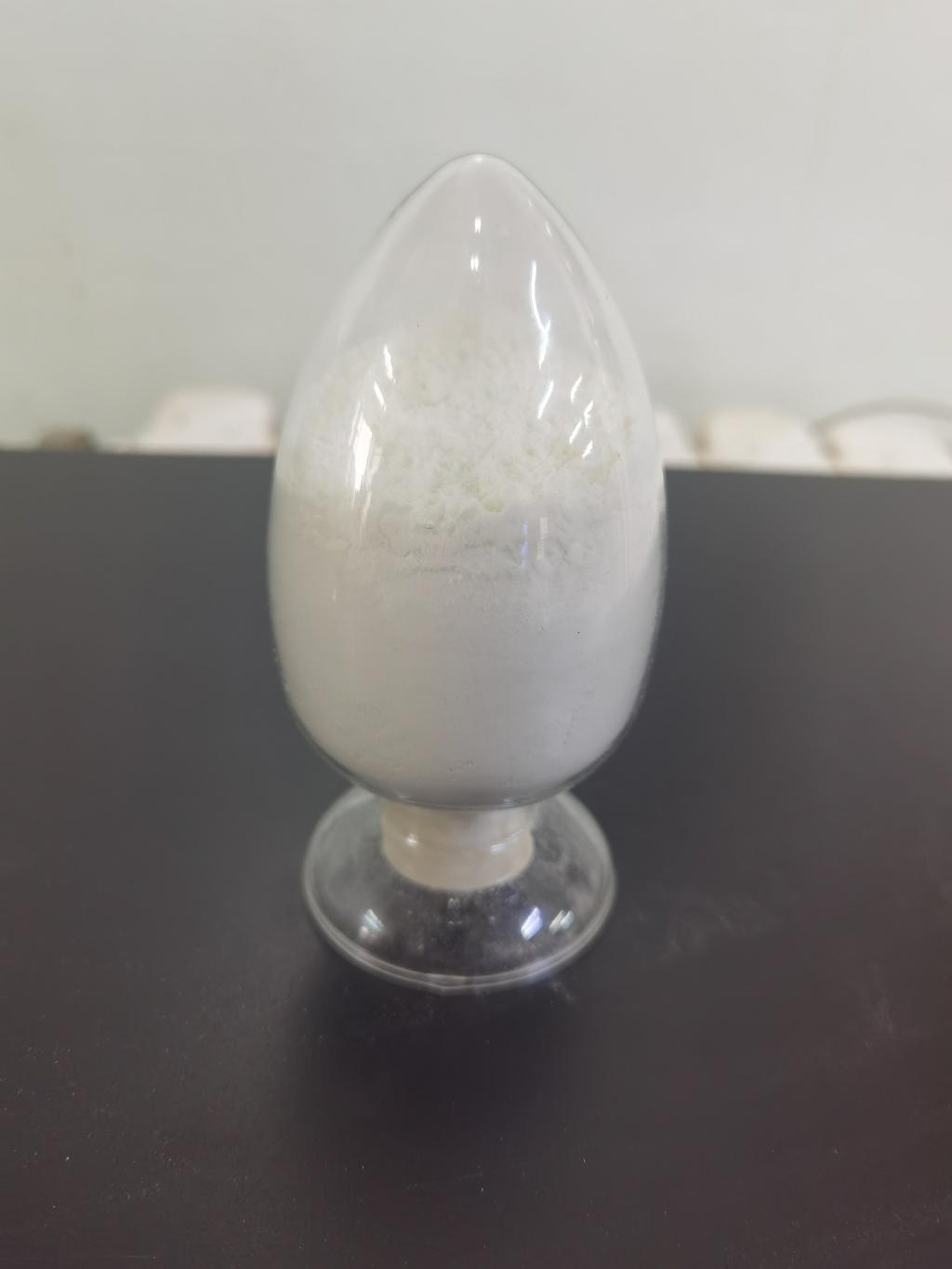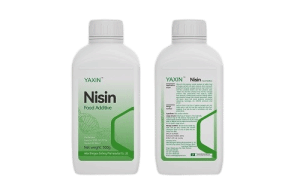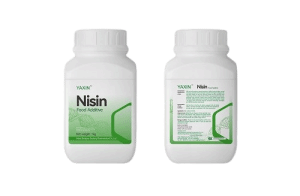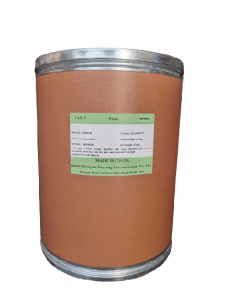Tel:+8618231198596

News
 CONTACT
CONTACT
 CONTACT
CONTACT
- Linkman:Linda Yao
- Tel: +8618231198596
- Email:linda.yao@dcpharma.cn
- Linkman:CHARLES.WANG
- Department:Overseas
- Tel: 0086 0311-85537378 0086 0311-85539701
News
Factory Made ε-Polylysine Hydrochloride: Collaborative Advances in Controlled Release Technologies.
TIME:2023-10-17
Understanding ε-Polylysine Hydrochloride
ε-Polylysine hydrochloride, often referred to simply as ε-polylysine, is a biodegradable polymer that consists of multiple units of the amino acid lysine. It is produced by certain strains of bacteria, specifically Streptomyces albulus. While originally discovered for its antimicrobial properties, ε-polylysine has found applications beyond food preservation, particularly in controlled release systems due to its biocompatibility and degradation properties.
The Significance of Controlled Release Technologies
Controlled release technologies are designed to administer active compounds at a controlled and predetermined rate over a specific period. This approach offers several key benefits in various fields:
Pharmaceuticals: Controlled release systems can improve patient compliance, minimize side effects, and maintain therapeutic drug levels within the body, ultimately enhancing treatment effectiveness.
Agriculture: In the agricultural sector, controlled release of fertilizers and pesticides can lead to more efficient resource utilization, reduced environmental impact, and improved crop yields.
Food Industry: Controlled release technologies enable the gradual release of flavors, nutrients, and preservatives, enhancing food quality and shelf life.
Cosmetics: In cosmetic formulations, controlled release systems allow for extended release of active ingredients, ensuring their prolonged effects on the skin or hair.
Collaborative Advances in Controlled Release Technologies
ε-Polylysine hydrochloride contributes to collaborative advances in controlled release technologies in several key areas:
Pharmaceuticals: ε-Polylysine can be used as a carrier for controlled drug release. Its biocompatibility and biodegradability make it an excellent candidate for various drug delivery systems. Collaborative research between pharmaceutical companies and polymer scientists is advancing the development of ε-polylysine-based drug delivery vehicles, ensuring more predictable and consistent drug release profiles.
Agriculture: In agriculture, controlled release fertilizers and pesticides help improve nutrient and chemical efficiency while minimizing environmental harm. Collaborations between agricultural researchers and polymer experts are leading to innovative formulations that utilize ε-polylysine to achieve controlled nutrient and pesticide release.
Food Industry: ε-Polylysine's antimicrobial properties and compatibility with food ingredients are enhancing controlled release in the food industry. Collaboration between food scientists and polymer engineers is driving the development of packaging materials and delivery systems that release antimicrobial agents gradually, increasing food shelf life and safety.
Cosmetics: Controlled release systems in cosmetics aim to deliver active ingredients over an extended period for improved skincare or haircare. Collaboration between cosmetic companies and material scientists is leading to the development of ε-polylysine-based formulations that provide prolonged release of beneficial compounds, enhancing the efficacy of cosmetic products.
Key Collaborative Advances in Controlled Release Systems
Microencapsulation: Microencapsulation involves entrapping active compounds within tiny particles or capsules. Collaborative research between various industries and academic institutions has resulted in innovative microencapsulation methods that utilize ε-polylysine as a coating material. This has applications in controlled drug release, agriculture, and cosmetics.
Smart Polymers: Smart polymers can respond to environmental cues like temperature, pH, or specific chemicals, releasing their cargo accordingly. Collaborations between researchers from different domains have led to the development of smart polymers that incorporate ε-polylysine, offering precise control over release kinetics.
Hydrogels: Hydrogels have been widely explored for drug delivery, tissue engineering, and other biomedical applications. Collaborative efforts between pharmaceutical companies and biomaterial scientists are producing ε-polylysine-based hydrogels that can be tailored for controlled release of drugs and bioactive molecules.
Nanoparticle Delivery Systems: Nanoparticles are versatile carriers for various applications. Collaborative work between material scientists and industry experts has resulted in ε-polylysine-coated nanoparticles that can facilitate controlled release of drugs, nutrients, and antimicrobial agents.
Challenges and Considerations
While the collaborative advances in controlled release technologies involving ε-polylysine are promising, several challenges and considerations should be addressed:
Regulatory Approval: The use of ε-polylysine in controlled release systems may require regulatory approval, which can be a complex and lengthy process. Streamlining this approval is crucial for wider adoption.
Compatibility: Ensuring that ε-polylysine is compatible with a range of active compounds and formulations requires careful consideration. Collaborative research should explore the diverse applications and potential limitations of ε-polylysine.
Optimization: Achieving the ideal release profile for specific applications requires careful optimization. Collaborative efforts should focus on tailoring ε-polylysine-based systems to meet desired release kinetics.
Biodegradation: Understanding the biodegradation rates of ε-polylysine-based systems is essential to prevent long-term environmental impact. Collaborative research should investigate the environmental fate of these materials.
Conclusion
ε-Polylysine hydrochloride's collaborative advances in controlled release technologies represent an exciting frontier in pharmaceuticals, agriculture, food science, and cosmetics. Its biocompatibility, biodegradability, and antimicrobial properties make it a versatile collaborator in developing innovative controlled release systems. Collaborations between industries, academic institutions, and research fields are leading to novel formulations and delivery systems that offer controlled, prolonged release of active compounds.
By addressing the challenges and considerations associated with ε-polylysine-based controlled release technologies, we can harness the full potential of this natural polymer. As researchers and industries continue to work together, ε-polylysine hydrochloride promises to drive advancements in controlled release, ultimately benefiting health, agriculture, food safety, and cosmetics while minimizing waste and environmental impact.
- Tel:+8618231198596
- Whatsapp:18231198596
- Chat With Skype







